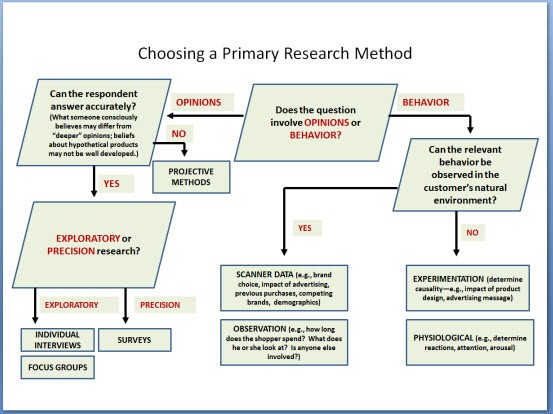Risk Measurement A Survey of the Basic Methods
Post on: 28 Июнь, 2015 No Comment

A Survey of the Basic Methods of Risk Assessment
You can opt-out at any time.
Risk Measurement and Risk Assessment Overview: Especially in the aftermath of the financial crisis of late 2008, risk management has experienced increased importance and prominence as a function within the financial services industry. The precise methodologies for measuring, assessing and controlling risk can be extremely complex and arcane to those not working within the discipline. Nonetheless, familiarity with some of the basic measurements is vital for people wishing to get ahead in finance. Here we present a quick primer on the topic of risk measurement that tries to be as non-technical and jargon-free as possible. The purpose of this article is to introduce the major concepts in an easily-understood overview.
Money at Risk: The crudest, yet most conservative, measurement of risk is the total sum of money invested or lent. The worst possible outcome is that the entire investment becomes worthless or that the borrower defaults. A refinement is the introduction of probabilities to the analysis, but doing often requires a number of assumptions that are not strictly amenable to precise measurement.
Limitations on the size of positions that can be held by securities traders or the amount of funds that loan officers can extend to a given borrower are, essentially, applications of this same risk reduction strategy.
Volatility and Variability: These are common measures of risk with respect to publicly-traded securities and classes of securities. Historical data can be mined to make assessments of possible future price movements, in light of past fluctuations in price. Risk measurement with respect to securities and classes of securities are frequently put in the context of correlations between them, among them, and with reference to broader economic indicators.
Much of modern portfolio theory, for example, involves developing strategies to reduce the amplitude of aggregate price fluctuations in an investment portfolio by selecting a mix of investments whose individual prices tend to be either uncorrelated or, better yet, to be negatively correlated. This has applications for financial advisors. money managers and financial planners .

Standard legal boilerplate on investment prospectuses cautions that past performance is no guarantee of future results. Likewise, correlations and statistical relationships measured in some historical period offer only imperfect indications of what the future may hold for the same security or class of securities. Thus, extrapolating historical historical data into the future is beset with its own inherent risks, and thus must be used a guide, and never as a certainty.
Counter Party Risk: Counter party risk is the risk that another firm, normally another firm in the financial services industry, will prove unable to fulfill its obligations on time. Examples of these obligations include delivering securities or cash to settle trades, and repaying short-term loans as scheduled. Assessments of counter party risk often are made based on the analyses of company financial strength provided by rating agencies. However, as the financial crisis of late 2008 demonstrated, the methodologies used by the rating agencies are deeply flawed and subject to grave error. Additionally, in a general financial panic, events can spiral out of control very swiftly, and small counter party failures can rapidly accumulate to the point where large firms with supposedly ample financial cushions are rendered insolvent.
A large part of the problem with assessing counter party risk is that the analyses performed by rating agencies are not dynamic enough, adjusting to new realities only relatively slowly. Furthermore, once a counter party that previously was deemed sound suddenly lurches toward insolvency, it is extremely difficult, if not impossible, to unwind obligations and transactions already entered into under the more favorable circumstances that held in the past.
The Role of Actuaries: Actuaries are most associated with analyzing mortality tables on behalf of life insurance companies, playing a critical part in the setting of premiums on policies and payout schedules on annuities. Actuarial science, as it is often called, is an application of advanced statistical techniques to huge data sets which themselves have high degrees of measurement accuracy. Additionally, the risk assessments made by life insurance actuaries are based on data that is almost completely uncorrelated with the financial system and movements in the financial markets. By contrast, measurements of counter party risk, the future behavior of investment securities and the outlook for specific business initiatives are not amenable to such precise, scientific analysis. Thus, risk managers (and the management science professionals who lend them quantitative support) will never have the ability to develop predictive models that have anywhere near the degree of confidence that one can place in those estimated by a life insurance actuary.














